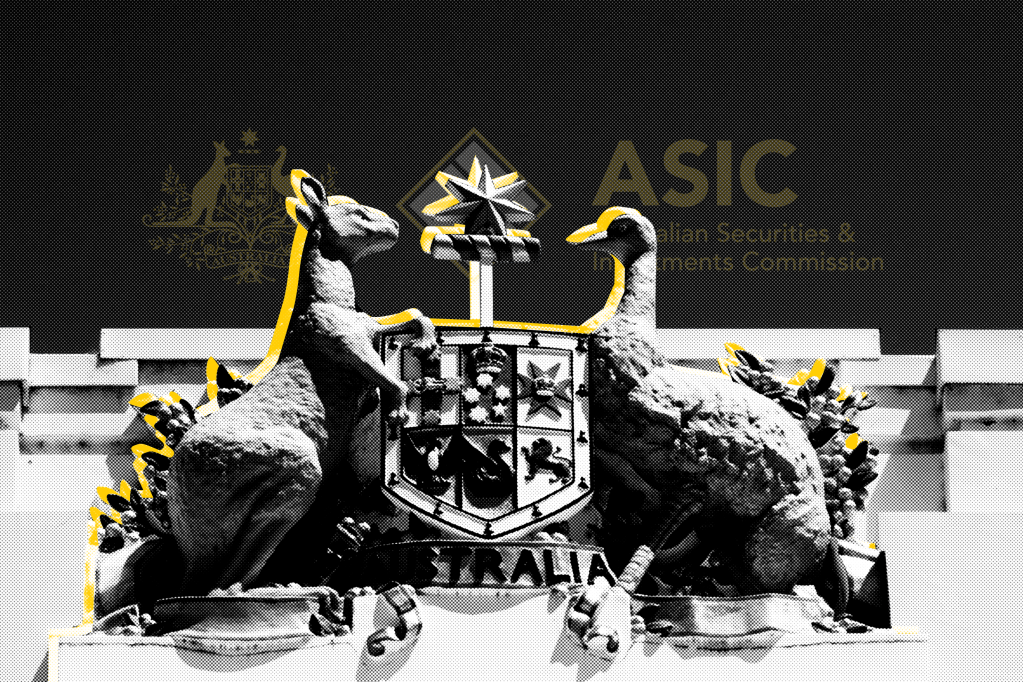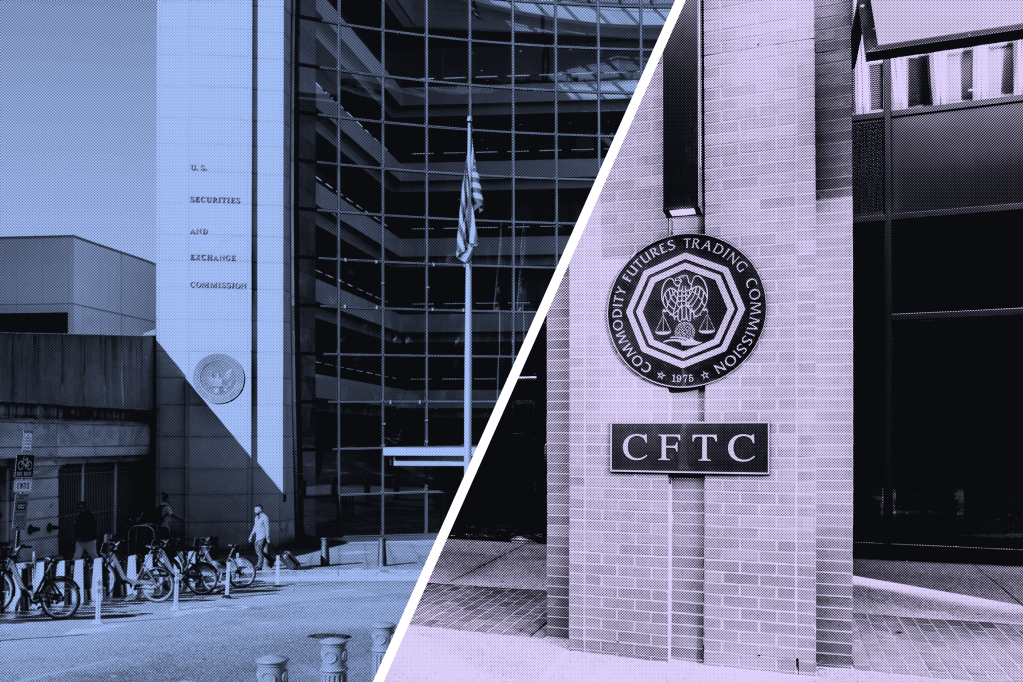As digital assets gain ground in global finance, US regulators face a pivotal inflection point: how to retrofit traditional regulatory structures to accommodate blockchain-based innovation. In January 2025, the SEC launched a formal initiative to address this challenge, establishing a dedicated Crypto Task Force to chart a clearer path forward.
Composed
Register for free to keep reading.
To continue reading this article and unlock full access to GRIP, register now. You’ll enjoy free access to all content until our subscription service launches in early 2026.
- Unlimited access to industry insights
- Stay on top of key rules and regulatory changes with our Rules Navigator
- Ad-free experience with no distractions
- Regular podcasts from trusted external experts
- Fresh compliance and regulatory content every day













